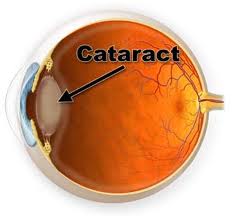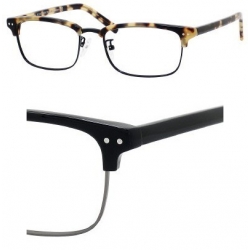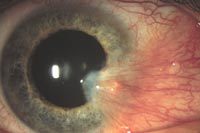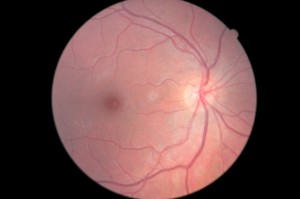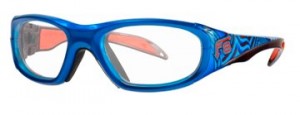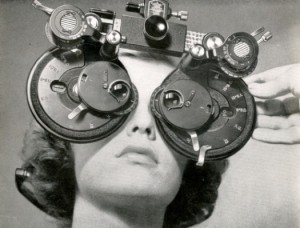It is hard to escape backlit screens, computers, smartphones, video 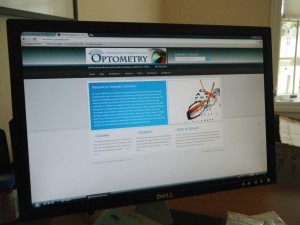 games and tablets. The increased use of technology can put a strain on our eyes and visual systems. Computer Vision Syndrome (CVS) includes headaches, eyestrain, blur at distance and/or near, dry eyes, irritated eyes, watery eyes and tired eyes.
games and tablets. The increased use of technology can put a strain on our eyes and visual systems. Computer Vision Syndrome (CVS) includes headaches, eyestrain, blur at distance and/or near, dry eyes, irritated eyes, watery eyes and tired eyes.
For some computer users, CVS symptoms are temporary and go away once ceasing computer work. If the symptoms aren’t addressed, they can continue and may worsen upon further computer use.
Ways to alleviate eyestrain from computer use:
- Adjust your environment so the room isn’t as bright
- Lower your monitor so you are looking downward
- Increase awareness of your blinking. Blink more frequently to keep vision clear and eyes moist.
- Wear appropriate vision correction. A small prescription can have a large impact on your eyes with visually demanding computer work.
To learn more about relieving computer vision syndrome click here.

